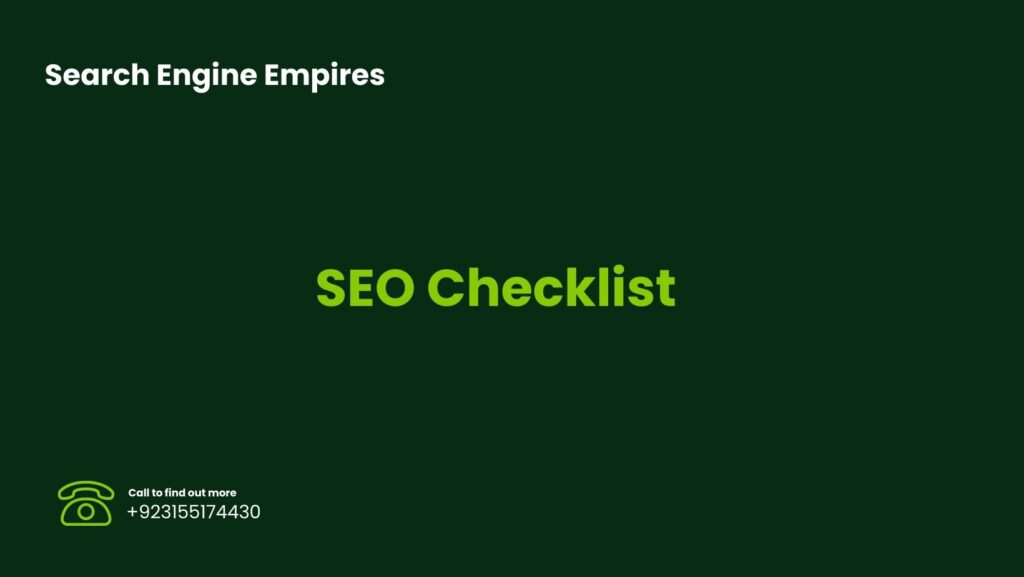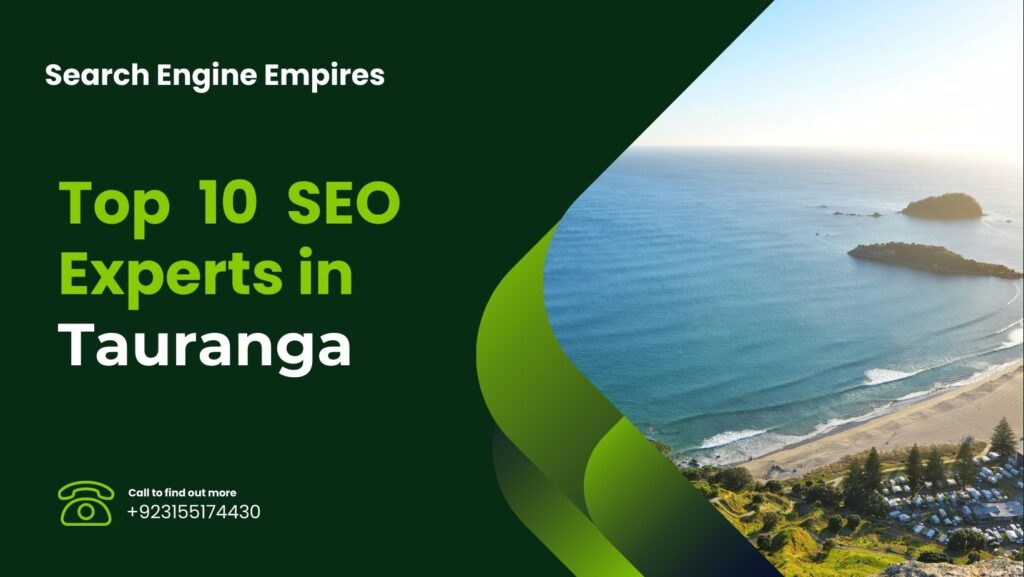Search Engine Optimization (SEO) is evolving faster than ever in 2025. With constant Google algorithm updates, new AI-driven search behaviors, and a growing emphasis on user experience, having a step-by-step SEO checklist is essential.
This comprehensive SEO checklist will guide you through SEO basics, keyword research, on-page SEO, technical SEO, topical authority, content creation, link building, advanced SEO tactics, and real-world examples to help you dominate rankings this year.
How To Use This SEO Checklist
This checklist is divided into practical sections. You can follow it step by step if you’re setting up a new site, or jump to the sections where you need improvements. Bookmark it, revisit it regularly, and treat it as your SEO roadmap for 2025.
SEO Basics Checklist
- Setup The Google Search Console – Monitor indexing, keyword performance, and errors.
- Install Bing Webmaster Tools – Don’t ignore Bing—it still drives valuable traffic.
- Setup Google Analytics – Track website visitors, goals, and conversions.
- Install Yoast SEO (WordPress Users Only) – Optimize titles, meta descriptions, and sitemaps.
- Configure Sitemap – Submit XML sitemaps to Google & Bing for better crawling.
- Configure Robots.txt – Control which pages search engines can and cannot index.
Keyword Research Checklist
- Discover Long Tail Keywords With “Google Suggest” – Check autocomplete for hidden gems.
- Find Solid Keywords In Google Keyword Planner – Perfect for search volume insights.
- Tap Into Online Communities – Reddit, Quora, and niche forums are keyword goldmines.
- Identify Low Competition Keywords With KWFinder – Target easier keywords for quick wins.
- Find “Question Keywords” With Answer The Public – Optimize for voice search and FAQs.
On-Page SEO Checklist
- Include Your Keyword In Your URL – Short and keyword-rich URLs perform better.
- Use Short URLs – Keep them clean and easy to remember.
- Front-Load Your Keyword In Your Title Tag – Google gives more weight to the beginning.
- Embed Title Tag Modifiers – Words like “best,” “guide,” “checklist,” increase CTR.
- Use Your Keyword Once In The First 150 Words – Helps Google understand context.
- Use Your Keyword in H1, H2, or H3 Tags – Keep headings keyword-focused.
- Optimize Images – Use descriptive file names and alt text.
- Use Synonyms and LSI Keywords – Helps cover semantic intent.
- Use External Links – Link to authority sites for credibility.
- Use Internal Links – Pass authority between your pages strategically.
Technical SEO Checklist
- Identify Crawl Errors – Fix issues in Google Search Console.
- Find Out How Google Views Your Page – Use URL inspection tool.
- Make Sure Your Site is Mobile-Friendly – Responsive design is a ranking factor.
- Fix Broken Links – Redirect or remove dead links.
- Secure Your Site With HTTPS – Security is mandatory for rankings.
- Check Your Site’s Loading Speed – Use PageSpeed Insights or GTMetrix.
Topical Authority Checklist
- Create a Topical Map – Cover entire subjects, not just single keywords.
- Create Consistent Content With Zero Search Volume Keywords – Build authority around topics before they trend.
Content Checklist
- Create Amazing Content Using “The Skyscraper Technique” – Make it better than competitors.
- Chunk Your Content to Maximize Readability – Use headings, bullet points, and short paragraphs.
- Cover Your Page’s Topic In-Depth – Google rewards completeness.
- Use Schema Markup – Rich snippets boost visibility in SERPs.
- Focus on Content Formats That Are Working Right Now – List posts, guides, checklists, and videos.
- Use Multimedia – Images, videos, infographics increase engagement.
Link Building Checklist
- Build Powerful Backlinks With Guest Posting
- Reverse Engineer Your Competitor’s Backlinks
- Build Contextual Backlinks With Link Roundups
- Become a Podcast Guest – Great for authority and backlinks.
- Mention Influencers In Your Blog Posts – They may link back or share.
- Create Google My Business – Crucial for local SEO.
- Create Business Citations – Boost NAP consistency.
- Create Social Media Profiles – Authority and brand trust.
Advanced SEO Tips and Tactics
- Optimize Your Site for Click-Through-Rate – Compelling meta titles & descriptions.
- Limit Website Downtime – Use reliable hosting.
- Delete “Dead Weight” Pages – Remove thin, duplicate, or irrelevant content.
- Improve Your Site’s Dwell Time – Use engaging intros and multimedia.
- Update and Relaunch Outdated Content – Keep your blog fresh.
Best Optimizations and Examples
- How Sean Improved His On-Page Optimization – Better keyword placement increased rankings.
- How Sean (Quickly) Improved His CTR By 64.1% – Small title tag tweaks led to big results.
- How Sean Got Users to Spend More Time On His Site – Interactive elements boosted dwell time.
- What Happened When Proven Deleted 10k Dead Weight Pages – A traffic surge after cleanup.
Conclusion
SEO in 2025 is about authority, user experience, and relevance. Following this checklist ensures your site is not only well-optimized but also future-proofed against algorithm updates. Implement these steps consistently, and you’ll see long-term improvements in traffic, rankings, and conversions.
FAQ’s
Q: What are the 5 pillars of SEO?
The five pillars are: Technical SEO, On-Page SEO, Off-Page SEO, Content, and User Experience.
Q: What is an off-page SEO checklist?
It includes link building, citations, guest posting, social signals, and brand mentions.
Q: What is basic SEO maintenance?
Regularly updating content, fixing broken links, monitoring analytics, and improving technical performance
Sikandar Jamil, an SEO professional with over 4 years of experience. I’m the founder of Search Engine Empires and a Co Founder Of Ceca Media und Marketing in Germany Deutschland. My Expertise is in Entity Based SEO, Building Topical Authority and Optimize Retrieving Costs for Search Engines to increase Search Engine Visibility, Improve Crawling and indexing and Also Proficient in implementing Programmatic SEO Strategies.



